Weekly overview
I tried to clear my mind before this week’s tutorial, but I sensed that my project contained too many elements and content and it needed to be streamlined. During the course of my conversation with Gill, I gradually had more key things to focus.

My mind map
We discussed why there was a need for such a dog walking space? What kind of interesting activities could be added to the project to make it a vibrant place in the community. During our discussions, I really liked the idea of combining food waste with this space, where people walking their dogs can come and take away food that is about to expire. It will also provide a stopover for dog walkers and a space to rest their feet and have a cup of coffee.
As people walk their dogs on a regular basis, they often go out early in the morning and in the evening after dinner. The Too good to go random food bag concept can be realised in this space, where people can get some food while walking their dogs, as the evening after dinner is the time when many shops are selling the day’s expired food. Due to the tidal rhythm of dog walking, the space can be used as a place for the elderly in the community at times when the space is not being used. Depending on the time of day, the place will be used by different people, which makes it more versatile and flexible.
Site choice
During the week I was searching for a site related to my project. When choosing the site, I focused on the residential area, as I wanted my project to be easily accessible to the local population, but at the same time it needed to be a place that was not too far from the city centre in order to reduce the cost of transporting expired food from the supermarkets and canteens.
Case study
The main direction of my investigation this week was the spatial scale of the human dog under the interior space. So I investigate the case of pet friendly spaces.
Project Name: DOG / HUMAN
Building Type: Dog activity space + private house
Area: 700 sq.m.
Land Area: 1,532 sq.m.

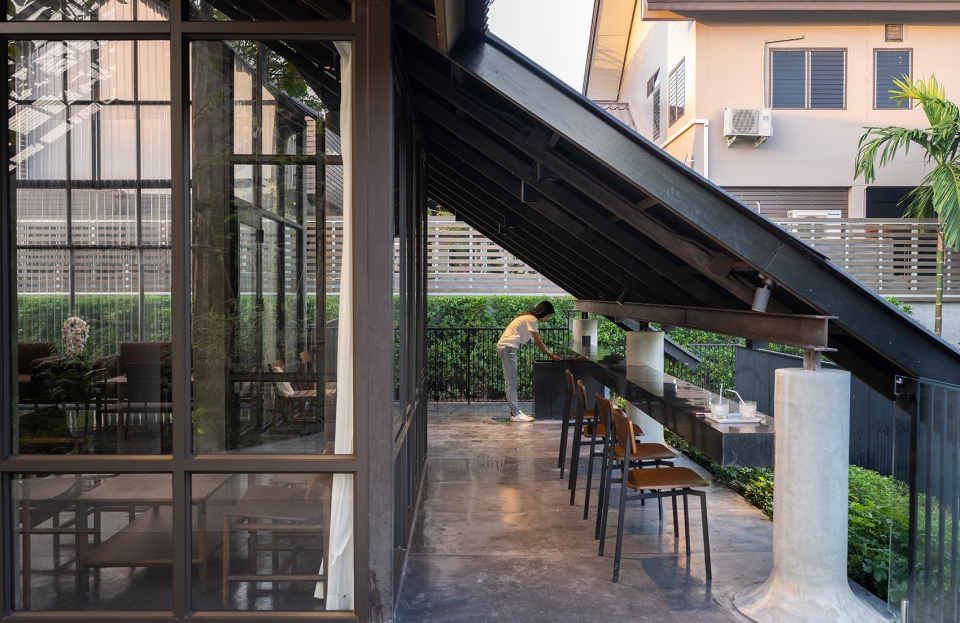
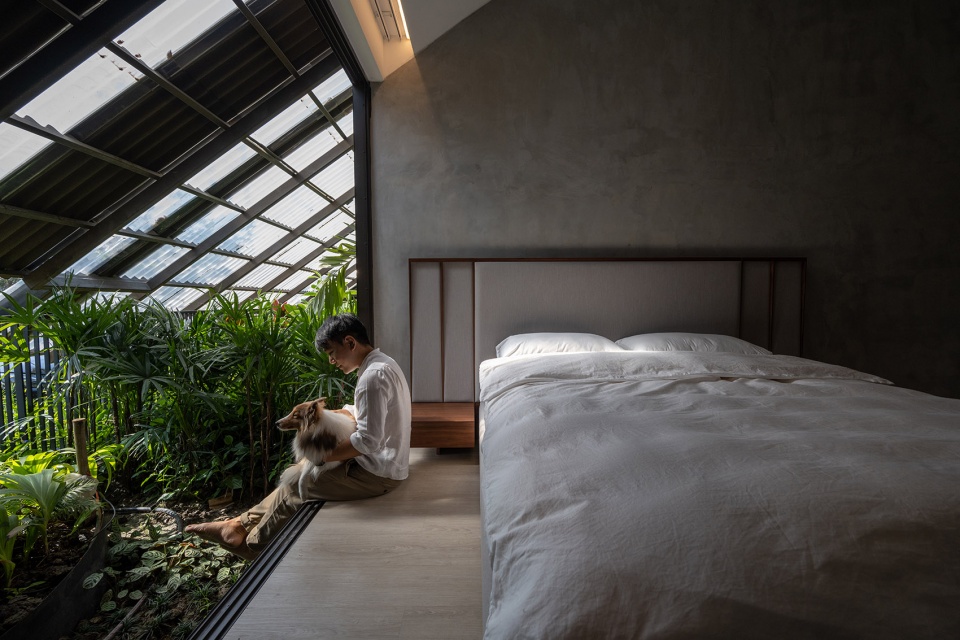 I really like the thinking about architecture, nature, people and dogs in the case.
I really like the thinking about architecture, nature, people and dogs in the case.
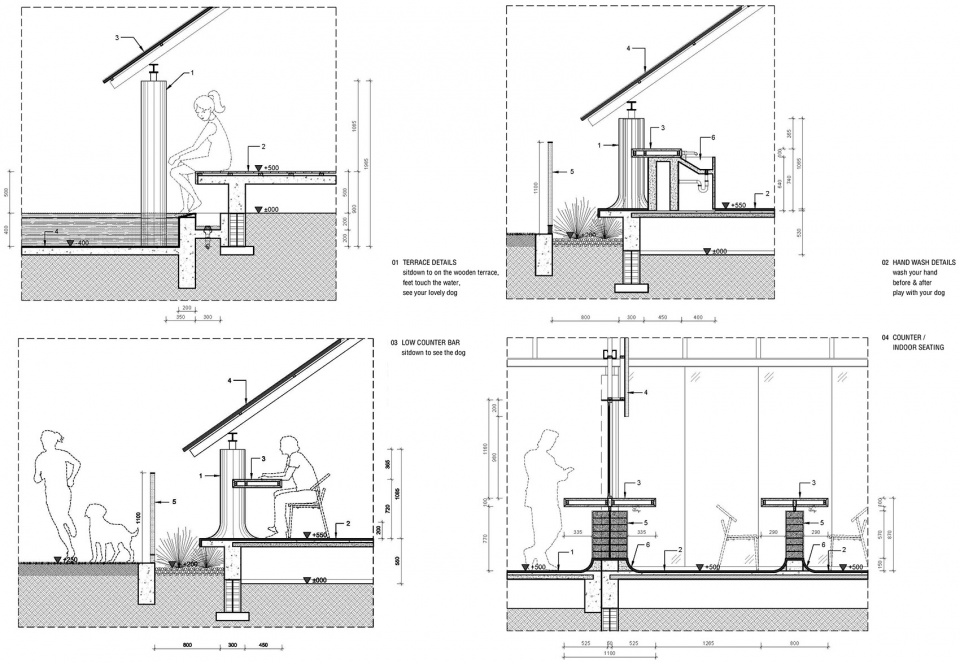
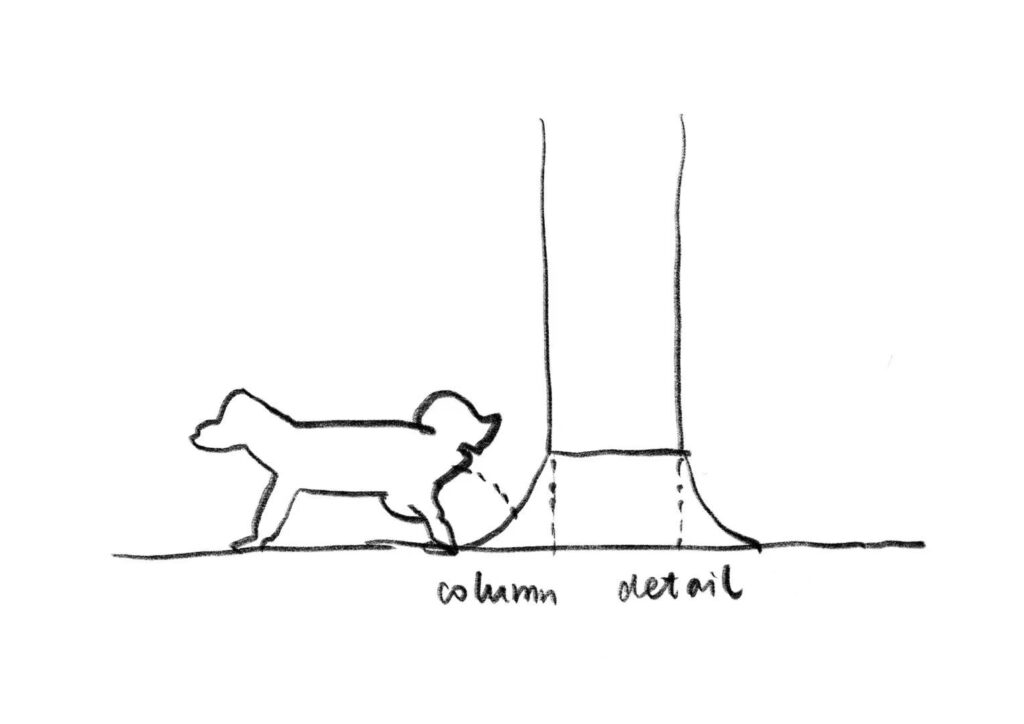
My sketch 1: Column detail. The curved slope design makes drainage and cleaning easier.
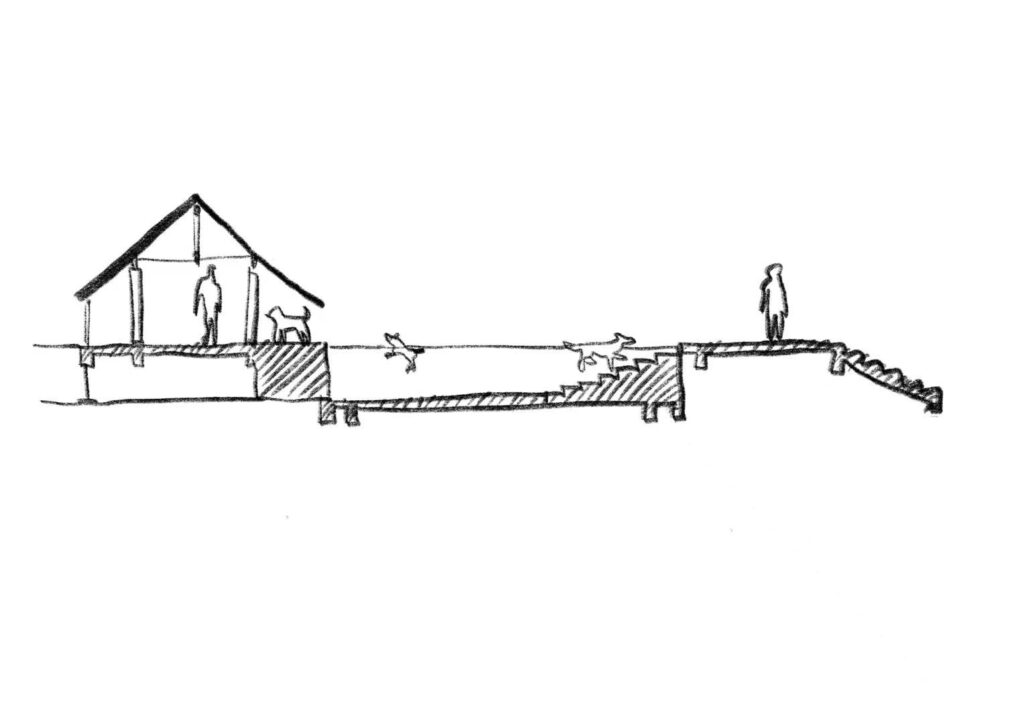
My sketch 2.Design buildings, swimming pools and related facilities from the space scale of dogs and people.
Food waste research

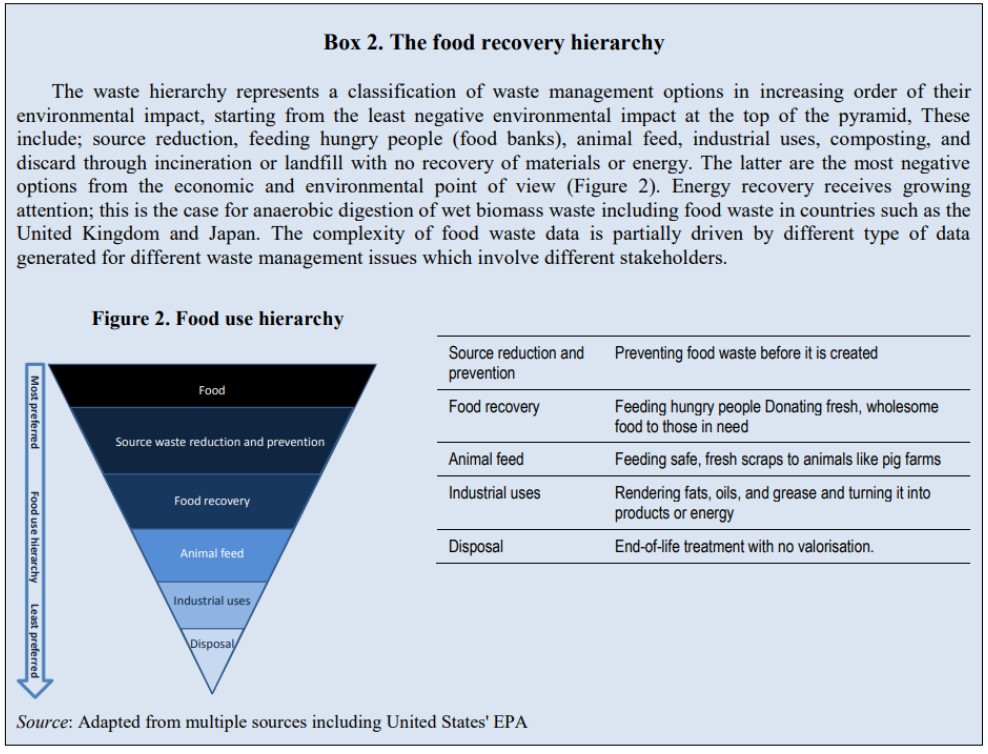
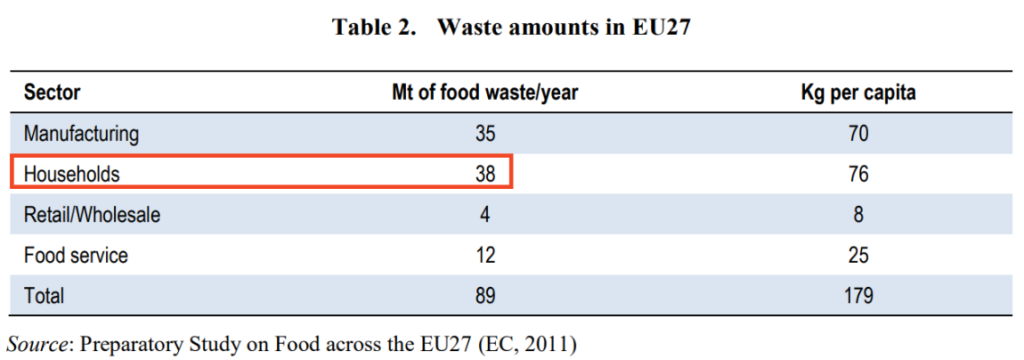
From previous research studies, it is clear that households account for the largest share of total food waste. It will be particularly important to reduce food waste from the household side.
Bagherzadeh, M., M. Inamura and H. Jeong (2014), “Food Waste Along the Food Chain”, OECD Food, Agriculture and Fisheries Papers, No. 71, OECD Publishing, Paris, https://doi.org/10.1787/5jxrcmftzj36-en.
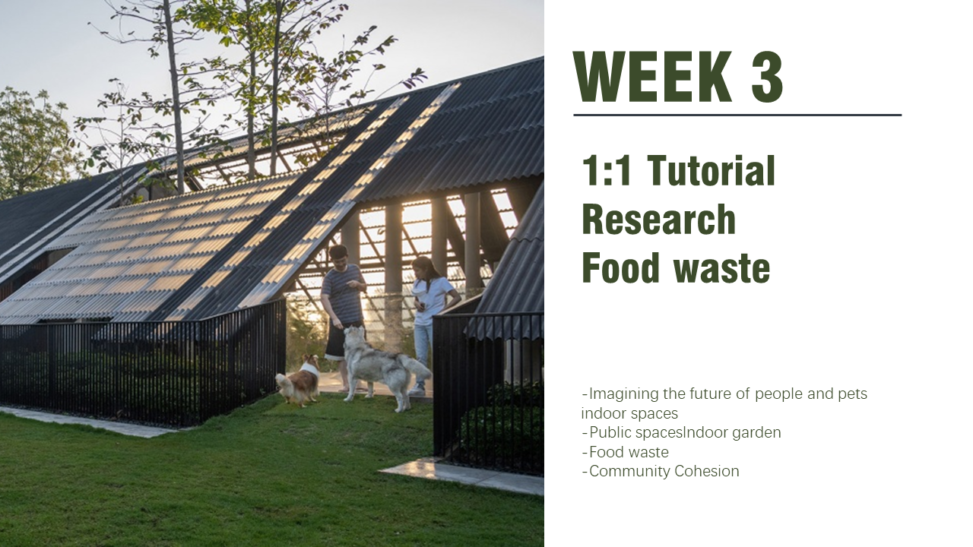


Leave a Reply